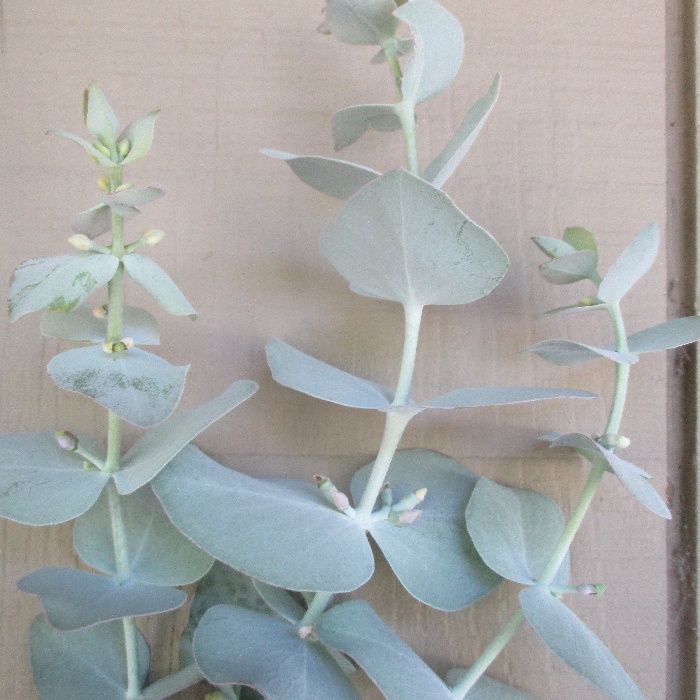UNITED STATES—Fads certainly complicate gardening. Most are merely marketing tactics. Most are bogus. Many even contradict their justifications! For example, most new, trendy and supposedly sustainable plant cultivars are genetically weak because of extensive breeding. Drought tolerance likewise has potential to be a constructive fad but is so commonly misapplied.
Incidentally, its terminology is somewhat inaccurate. Drought is an extended but unusual pattern of dry weather. Whether the duration is for one year, or many, it is not permanent. The dry weather that persists through summer locally is normal for the chaparral climate. It is therefore a normal characteristic of climate, rather than abnormal weather conditions.
Drought tolerance is therefore practical here as chaparral tolerance. Most plants that are drought tolerant are naturally endemic to chaparral regions or deserts. Many of the native species naturally exhibit remarkable drought tolerance. Once established, they might not require any more moisture than they get from annual rainfall. Some prefer dry conditions.
Drought tolerance is not synonymous with low maintenance.
Drought tolerance should not imply that such plants are undemanding. In some regards, they are more demanding and less adaptable than plants that require frequent watering. Such plants rely on extensive root dispersion to procure the moisture they require within dry situations. Most do not adapt to confinement, even if watering is enough to cause rot.
Container gardening is therefore a fad that is incompatible with drought tolerance. It only uses less water for plants that use more water. Also, modern drip irrigation, which is very practical for plants that rely on irrigation, requires a bit more effort for plants that use less moisture. To not promote rot, emitters must move farther from main trunks as plants grow.
Many of the most sustainable and drought plants are old fashioned sorts that became too common years ago. Fortunately, some are regaining popularity again. Some of the more compact eucalypti are proportionate to modern gardens. Grevillea, bottlebrush, rockrose, juniper, rosemary, salvia, lavender and New Zealand flax are as drought tolerant as they have always been.
Highlight: Silver Mountain Gum
The strikingly glaucous juvenile foliage of silver mountain gum, Eucalyptus pulverulenta, is likely more familiar within floral design than in home gardens. Actually, it is uncommon within home gardens, although quite popular as cut foliage among florists. Its paired and sessile leaves are oval or bluntly cordate (‘heart shaped’), and about an inch or two long.
Adult growth is rare, even among established trees. However, small white flowers bloom from the axils of juvenile leaves that are a year old. (Juvenile growth of most species can not bloom.) Bloom might continue from spring until autumn, as blooming stems sag from the weight of younger distal growth. The aromatic and evergreen leaves stiffen with age.
Low and shrubby specimens with a few trunks may not get much higher than 15 feet. They have potential to get twice as tall though, particularly if pruned up onto bare trunks. Lignotubers expand below the trunks. Strips of old bark shed to reveal fresh matte brown bark. Incidentally, the Latin name of this species often transposes for Eucalyptus cinerea.
Horticulturist Tony Tomeo can be contacted at tonytomeo.com.






